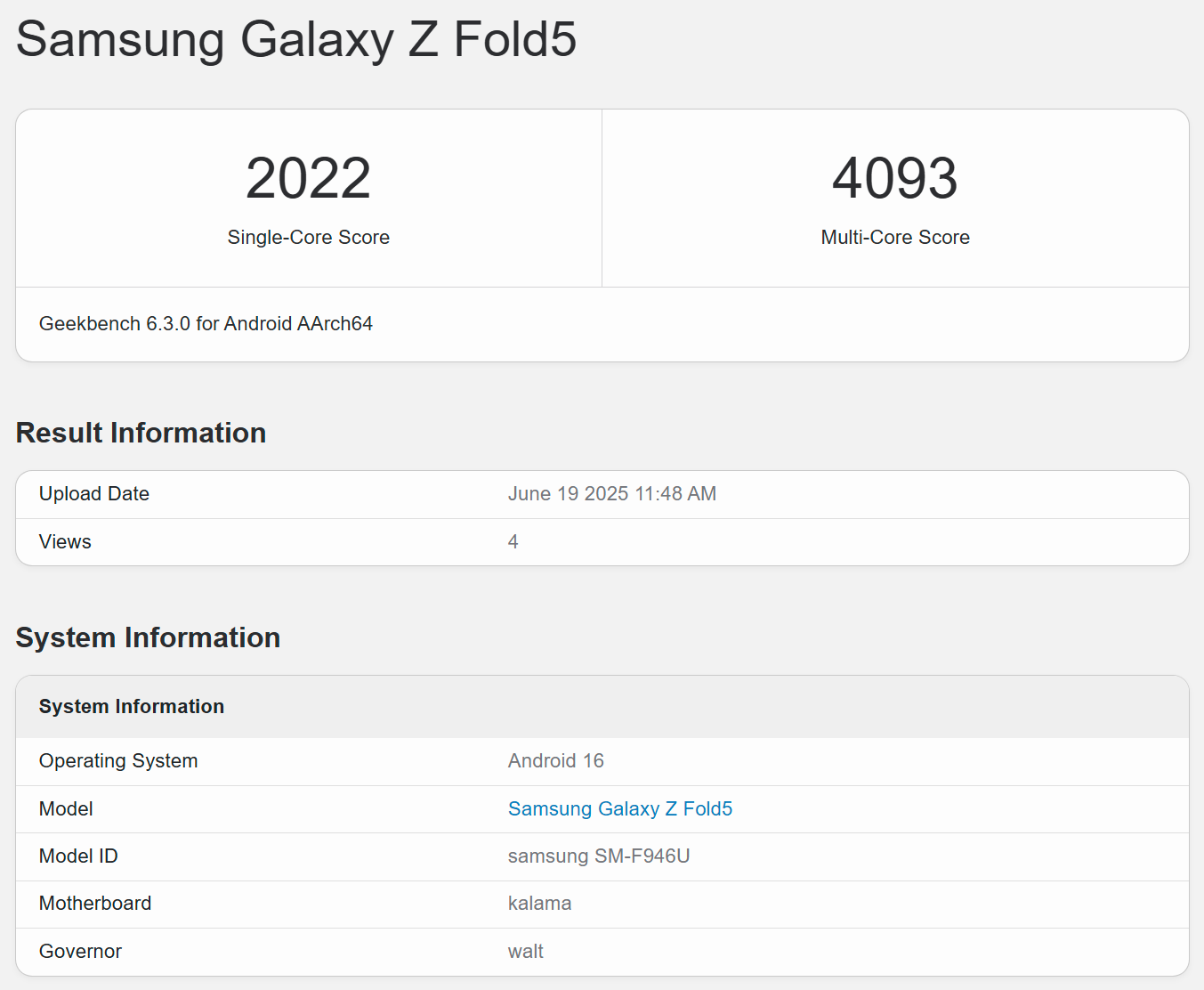You’ll never find something like an Athlon 3000G among the best CPUs for gaming. That doesn’t mean the four-year-old chip has disappeared from the face of the earth. On the contrary, the Athlon 3000G continues to grace the market with its presence and even flaunts new packaging.
Built on the 14nm process node, the Athlon 3000G dates back to AMD’s Zen days. The 35W processor features a dual-core, quad-thread design with a static 3.5 GHz base clock. Being a bottom-of-the-barrel chip, the Athlon 3000G doesn’t get much attention. However, two different variants are on the market, carrying different OPNs (orderable product numbers). AMD lists the YD3000C6FHBOX version on its website that uses the Dali die, a cheaper offshoot of Raven Ridge. Meanwhile, the YD3000C6FBBOX version is based on the original Raven Ridge.
Both versions of the Athlon 3000G share identical specifications, so the performance should still be the same on both chips. However, the primary difference is that only the Dali version (YD3000C6FHBOX) is supported on Windows 11, leading to much confusion among Athlon 3000G owners because some meet the requirements and others don’t at the time of upgrade. X user Hoang Anh Phu discovered that AMD had refreshed the Athlon 3000G’s packaging.
The Athlon 3000G with the revised packaging has a new OPN, which corresponds to YD3000C6FHSBX. AMD is still using the previous OPN (YD3000C6FHBOX) on its website. However, many overseas retailers have started to list the Athlon 3000G with its new packaging.
AMD retained the white theme on the new packaging but wholly overhauled it. The new packaging has a minimalistic look to it. The chipmaker removed the Athlon and Zen logo to replace it with a vast AMD logo instead. The chipmaker has subtly pushed the Athlon branding to the bottom so consumers can still see which AMD processor they purchase. AMD doesn’t advertise the Radeon Vega graphics on the box anymore.
A bit of orange helps give the packaging’s black-and-white theme some punch. There’s the usual cutout where you can get a glimpse of the processor, which, in this case, is the Athlon 3000G. AMD took advantage of the extra space on the box to put a partial image of the Wraith Stealth cooler. It would seem that this “new” Athlon 3000G comes with an upgraded stock cooler. The previous Athlon 3000G arrived with a run-of-the-mill stock cooler that was smaller than the Wraith coolers that AMD bundled with the more expensive and powerful Ryzen chips.
Not every day do you see a chipmaker refresh the packaging for an old chip. In AMD’s case, the chipmaker is already on Zen 4, so on the surface, it looks like it makes little sense, but there are some valid reasons behind it. The Athlon 3000G is manufactured on the older 14nm process node, so while it’s not dead cheap to make, it doesn’t cost AMD a leg or an arm. Alternatively, the chipmaker may still have a substantial inventory of Zen chips to get rid of.
On the other hand, the Athlon 3000G targets the entry-level market, which hasn’t seen much movement from AMD’s side. The chipmaker has subsequently released its Athlon Gold 3150G, Athlon Gold 3150GE, and Athlon Silver 3050GE, wielding the slightly more improved Zen+ cores. However, the trio of Athlon-branded chips are only available to OEMs. While you can still get them in the grey market, you don’t get the same level of warranty.
With no representative to compete in the entry-level market, it’s easy to see why AMD has kept the Athlon 3000G alive after all these years. It might sound shocking, but the Athlon 3000G is one of the few processors that haven’t lost its value since its debut. The Athlon 3000G launched at $49 four years ago, and the Zen 4 chip still retails at the same MSRP. The price varies depending on the stock, as third-party sellers often jack up the price tag to around $65 or over $100.








